Ian land is a fine art photographer living and working in the seaside town of Hastings in south of England. His very impressive black and white images are shot using medium and large format equipment and are hand processed at his darkroom facility. He’s the director and co-founder of Silverhill Darkroom, a local community darkroom facility. Ian is an experienced darkroom teacher. He gives one-to-one or small-group tuition at either his home darkroom or at the Silverhill Darkroom facility where he teaches all aspects of black and white film processing and darkroom printing.
These images have been selected from Ian’s different projects. His answers to simple questions about his work and influences are elaborate and insightful:
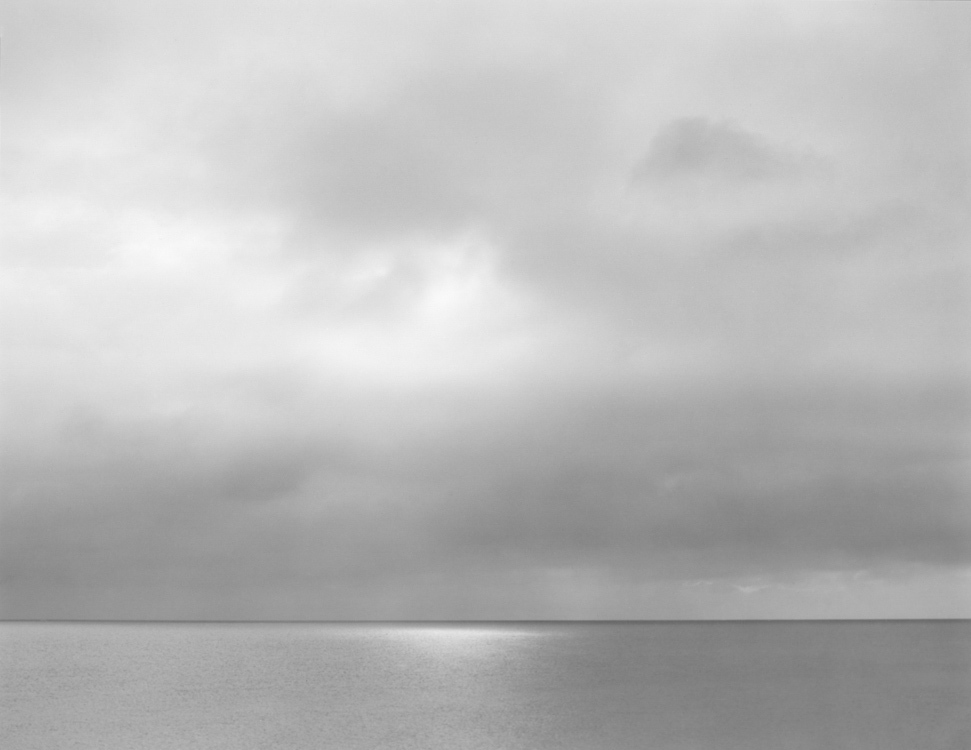 Please tell me about yourself and your relationship with photography. How do you view your evolution as a photographer?
Please tell me about yourself and your relationship with photography. How do you view your evolution as a photographer?
I was born in 1965. I became interested in photography as a teenager in London in the late 1970s. My school had a darkroom and that’s where I learned the basics of film processing and printing. I went to university in 1983 and got involved in political activism, and that put paid to my photography for quite some time. Just over a decade ago I left London and moved to Hastings, a seaside town on the south coast of England. The light and landscape of the area almost immediately fired up my latent desire to photograph. Within a matter of weeks of moving here I was taking photographs as often as I could, and within a matter of a couple of months I realized my interest was primarily in monochrome, and best served by shooting film, rather than digitally. I’ve spent the last 10 years honing and refining those interests. For the last couple of years I have had a permanent darkroom at home, and now I see my primary interest as making prints, and sequencing them in an attempt to create some kind of narrative from them.
What does photography mean to you?
To me, photography is endlessly fascinating because, although it still appears to be largely a technology of representation, in fact it is almost always much more, and less, than purely representational. By that, I mean a photograph is never simply what it depicts, and the real world never looks exactly like its photographic representation. This leaves space for allusion, suggestion, ambiguity. This is partly why I prefer to work with analogue techniques and the degree of uncertainty they bring: certainty is the enemy of imagination.
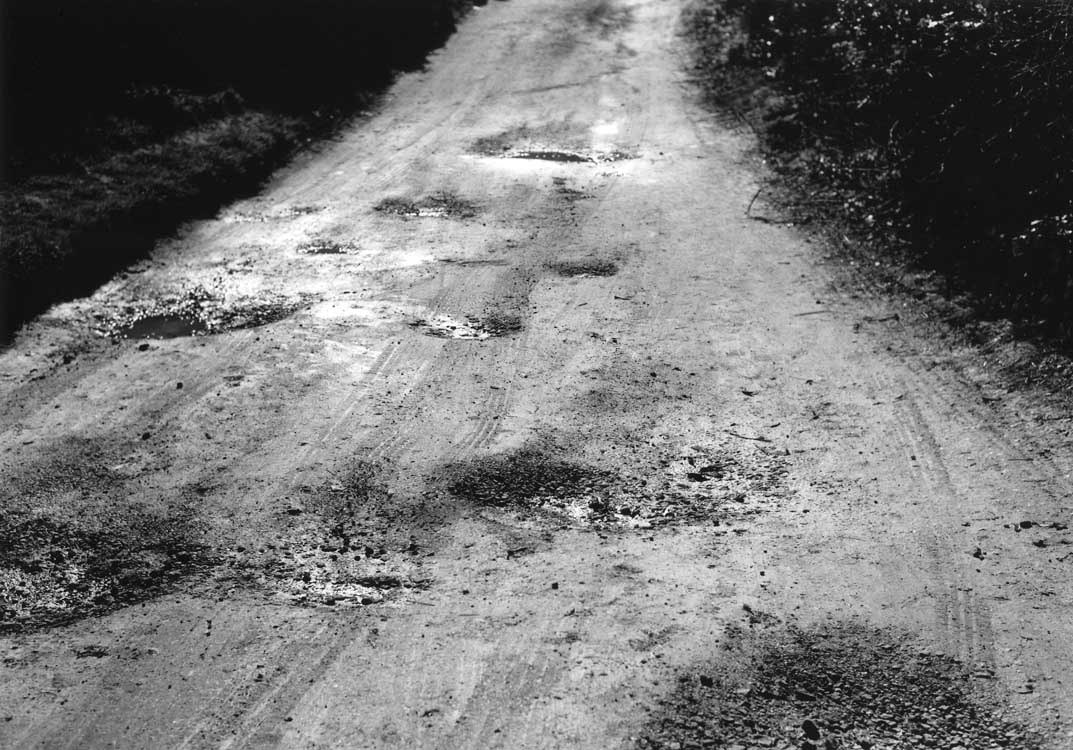 How did you develop interest in medium and large format photography? What characteristics and qualities distinguish it from popular means (35mm and digital) of photography?
How did you develop interest in medium and large format photography? What characteristics and qualities distinguish it from popular means (35mm and digital) of photography?
Primarily because I like the way those cameras let me see what I’m photographing. Once you’ve looked through the waist level finder of a Hasselblad, or the ground glass of a 4×5 or 8×10 field camera, the puny viewfinders of most 35mm and digital SLRs just seem to get in the way. My composition is generally very precise, right to the edges of the frame, and there is nothing more frustrating to me than not being sure I’ve framed things exactly as I want them. I also like the way medium and large format slows me down, both physically (I simply can’t walk as fast when I’m carrying a heavy bag, so I have more time to consider the world around me), and in the way it makes me really think whether I want to take a picture or not. I only ever carry one or two rolls of 120 film on a hike (12 – 24 shots), or film holders for 6 large format shots, no more than that. I try not to waste shots. Of course, I still have plenty of failed shots, things that don’t work out how I wanted them to, but limiting my resources makes me think much more intently about what I am doing.
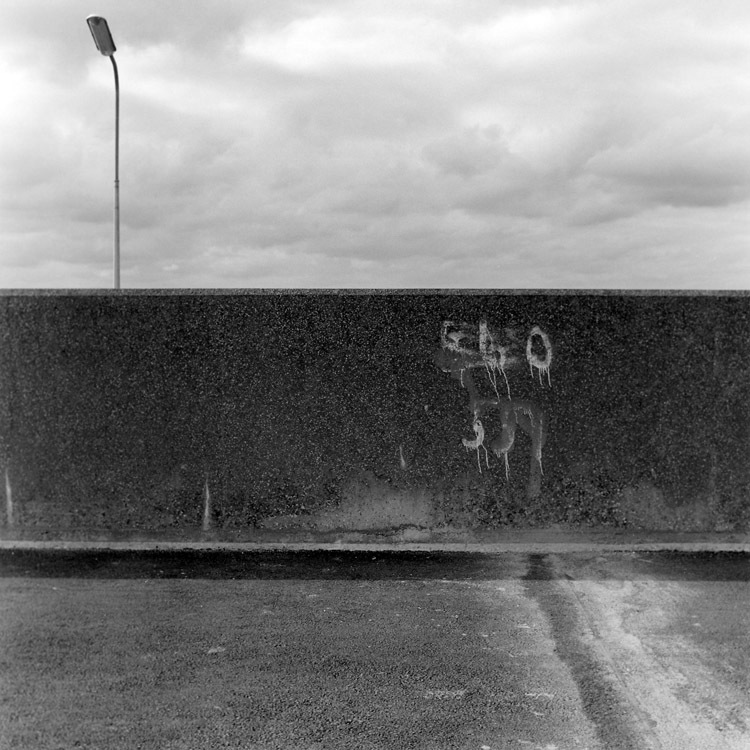 What kinds of images do you like shooting most? When and why did you begin making monochrome pictures exclusively?
What kinds of images do you like shooting most? When and why did you begin making monochrome pictures exclusively?
My favourite times photographically are to be in the middle of the East Sussex countryside somewhere on an overcast day, with my 8×10 field camera. Even if I don’t get any decent pictures, those are the times I feel clearest about what I am trying to do. Being completely in the present, this light, this place, at this moment, and trying to make something out of it.
As for why monochrome, I’m not completely sure. Partly it’s control – I can process and print monochrome myself, entirely as I want to, with no intervention from others. Partly it’s because I like the abstraction monochrome brings – if you shoot black and white, you are immediately distancing your pictures from being attempts at pure representation. Oddly, much of my favourite photography by other people is colour photography, and maybe once a year I try some myself, but for most of the last decade it has receded in my thinking. Colour generally brings too much complexity to the scene. Almost all my photographs can be structurally broken down into blocks of shadow bisected by strong highlight details. Colour just confuses that structure.
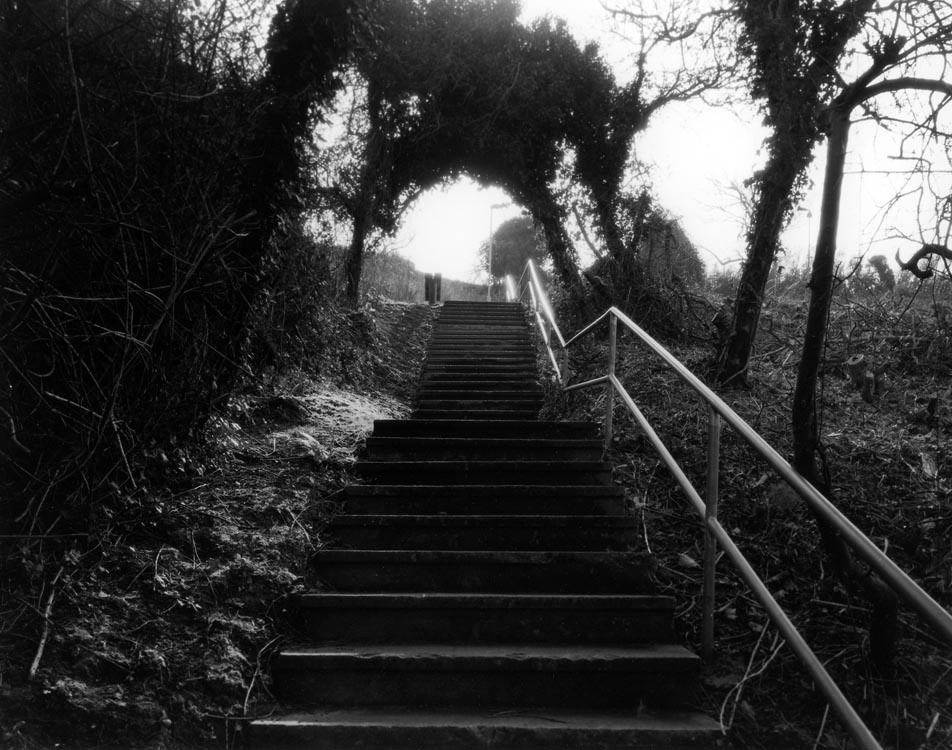 Tell me about your current project ‘The Stade’. How does a typical project take form and grow?
Tell me about your current project ‘The Stade’. How does a typical project take form and grow?
‘The Stade’ is an ancient fishing beach in Hastings, from which small fishing boats have been launched for over 1000 years. It’s a unique place, full of fishing detritus, and also full of photographers (there is almost nowhere else like it in Europe anymore, so it’s a magnet for people with big DSLRs and big lenses). I live within a short walk of it, and have been photographing it for years, but over the last year I’ve started to think about it more systematically. What I like about ‘The Stade’ as a subject is how, no matter how many times I visit, it is never the same way twice. Because it is an active working beach, arrangements of fishing machinery, discarded objects, the minutiae of a busy work place, are very transient. I decided a year or so ago to try to capture some of those transient details. Most photographers aim to capture its timeless, nostalgic qualities, I’m more interested in the overlooked details and the trivia, the things that won’t still be there tomorrow, let alone in another 1000 years. The project is not quite shaping up yet, but it’s the kind of long-term subject matter that I don’t need to hurry. It may take several years to get to 20 or so pictures that I’m happy with.
I have a three year old daughter and a job, and as I get less time to take photographs, I become more project driven. A project, even a loose framework in my head, gives me a structure to think about, an end point to aim at, a sense of feeling when something is done and ready to be printed and sequenced. I shoot a project over a period of months or years, making contact sheets and scans of the pictures. Then, when I think I’ve reached a conclusion, I spend several weeks selecting the final pictures, arranging them in a narrative (the order always seems to be important, to me at least, and can take a long time to get right), making darkroom prints of the final selection, scanning those prints. Then I box them, and perhaps make a book or exhibition out of them if after a period of time I still think they’re good enough.
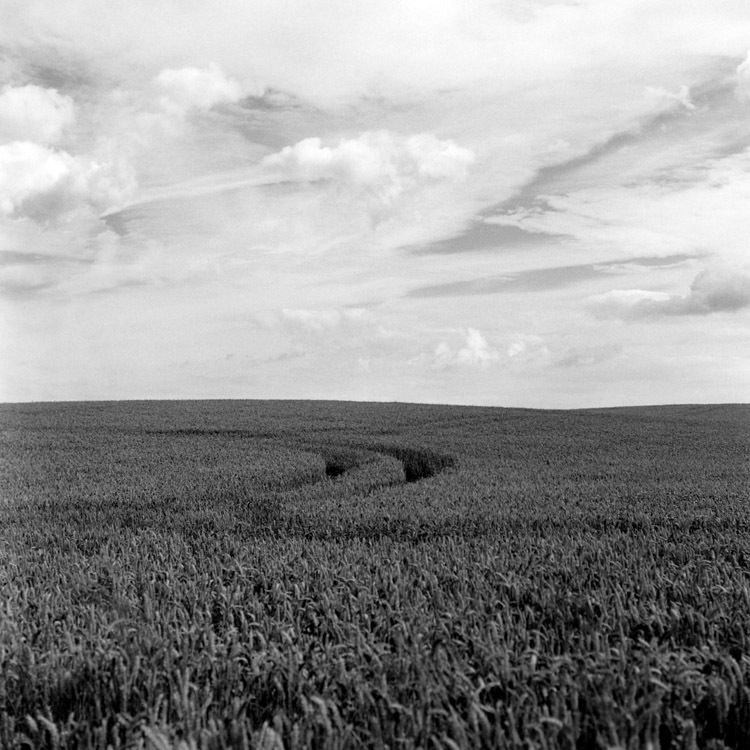 Tell me about your approaches, preferences and methods into shooting. How does shooting with a medium or large format camera affect your planning and preparation?
Tell me about your approaches, preferences and methods into shooting. How does shooting with a medium or large format camera affect your planning and preparation?
I’m a very un-spontaneous photographer. In the early days I carried a camera with me everywhere, and would often take pictures when I was out and about doing other things. Now, I only ever really photograph on planned trips, when I go out walking with the aim of taking pictures. So, the main planning is deciding which camera to use, and where to go. That’s largely intuitive, but also depends on mood, and how tired I am (I have to be feeling fit to take the bigger cameras out). Every project usually involves a mixture of formats – maybe some 35mm, always some square format, usually some 6×7, and usually some large format (4×5 and 8×10). I mostly don’t like the uniformity of a single format across a number of pictures, I find it distances me from the pictures by drawing attention to itself. I like to break it up a bit. But I’m very unreflective about camera choice most of the time; I go with mood. I have a couple of strict rules: not only do I limit myself to a relatively small number of shots by only taking a small amount of film, I never carry more than 2 lenses, a “normal” prime and a wide-angle. I don’t want the additional complexity of multiple focal lengths or zoom lenses, and I find for my purposes those two lengths are completely adequate. I may sometimes not be able to get a shot because of this, but I reckon keeping my equipment choices very limited when out on a shoot benefits me overall. For the same reason I usually only carry one camera on a specific day’s shooting, rather than filling up my bag with multiple camera bodies.
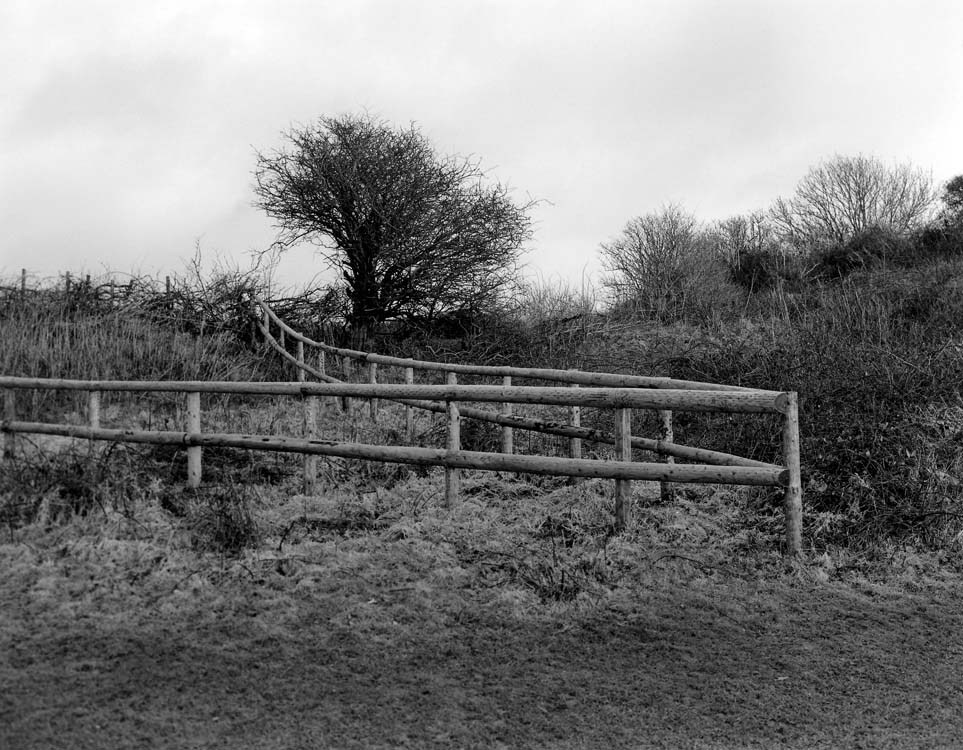 Tell me about the photography equipment you mostly use. Do you ever use any walk-around digital camera? How does rapidly changing photography technology affect you/your work?
Tell me about the photography equipment you mostly use. Do you ever use any walk-around digital camera? How does rapidly changing photography technology affect you/your work?
Almost all of my equipment, apart from the large format cameras, is old and second hand. For walk-around, I have an Olympus XA, a tiny 35mm film camera which fits in a pocket. I hardly ever use it, however, and a roll of film can be in that camera for months before it gets used up. For more serious 35mm, a Pentax MX with 50mm and 28mm lenses. For medium format, I have a Mamiya 645, a Hasselblad 500CM, and a Pentax 67. The Hasselblad is my favourite camera system ever, I think. It was this camera which triggered a lot of thinking about what I wanted to do with photography. My inability to afford a digital camera which even comes close to the experience of looking through a Hasselblad finder is one of the things which convinced me to continue perfecting my darkroom technique instead. For each of these cameras I have a normal lens and a moderate wide angle lens. For large format I have a Chamonix 4×5, with three lenses (an old but excellent Kodak Ektar 127mm, a Schneider 150mm “normal” lens, and a wide-angle Schneider 90mm), and a Chamonix 8×10, for which I only have one lens, a moderate wide-angle 240mm Schneider. When funds permit, I’ll get a 300mm “normal” lens for this too.
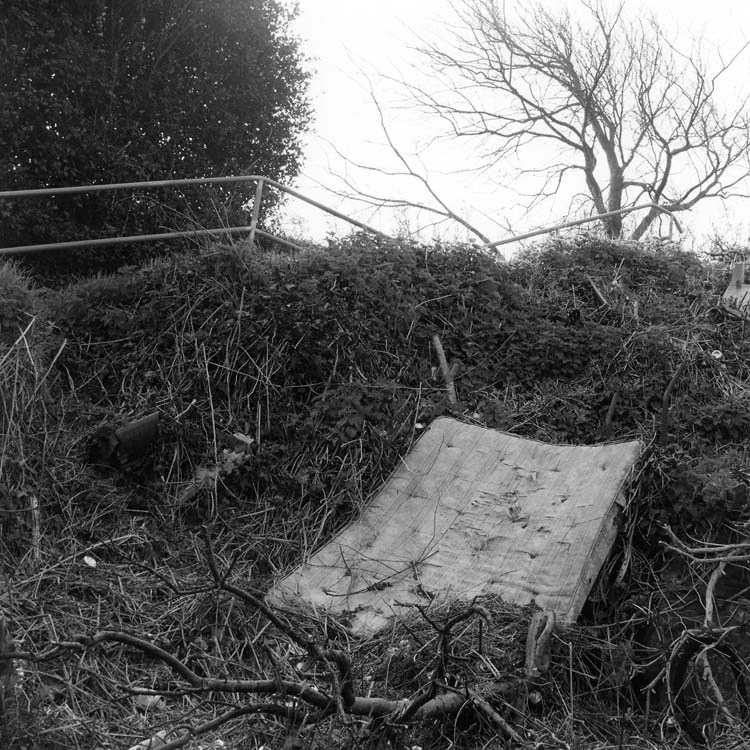 I have a micro four thirds digital camera, an early model. It’s a decent camera, but I only use it to photograph my family. The pictures I take with it are very precious to me because of their subject matter, but I don’t ever think about taking it out with me when I’m working on a project.
I have a micro four thirds digital camera, an early model. It’s a decent camera, but I only use it to photograph my family. The pictures I take with it are very precious to me because of their subject matter, but I don’t ever think about taking it out with me when I’m working on a project.
Do you have a favorite photo or a significant memory related to photography?
I have lots of favourite photos taken by other people and a large collection of photo books. Of my own pictures, truthfully, all of my favourites are those I’ve taken of my wife and my daughter.
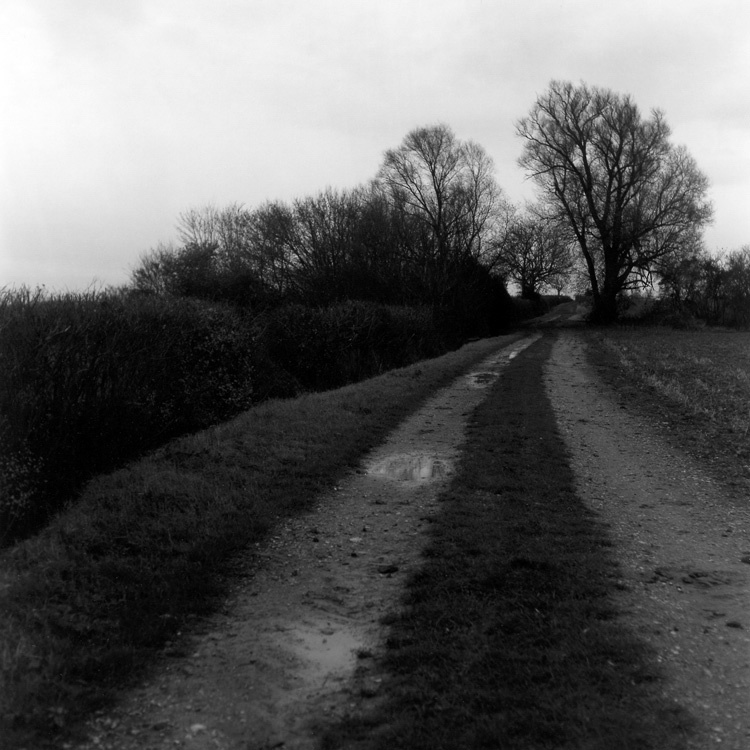 What do you think about contemporary photography?
What do you think about contemporary photography?
I’m quite enthused about it. The availability of affordable self-publishing has led to an explosion of books and magazines. I don’t necessarily like all of it, or even most of it, but I think it’s an important corrective to the tendency for photography to dissolve into the background noise. The internet is full of passing traffic, people liking an image after viewing a thumbnail, then moving on to the next image, with barely a pause. But books, magazines, and blog sites are thriving, providing context, narrative, and argument. All of this is very healthy even if lots of the pictures are no good, or not my taste. Almost every week I come across a photographer new to me whose work I really like, or a website providing intelligent discussion.
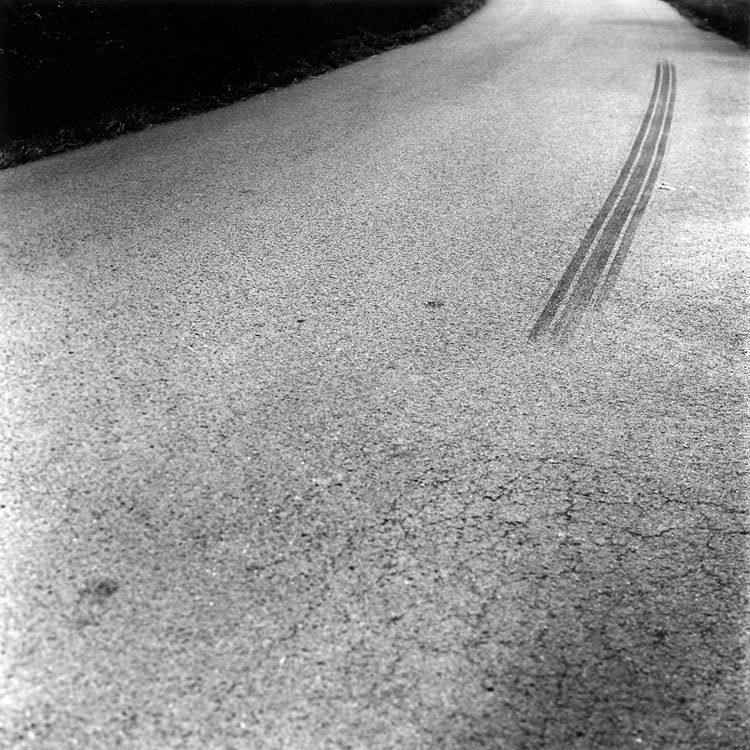 Please share your experiences as a darkroom teacher and director of Silverhill Darkroom Facility. I’d also like to know about the financial viability of such a project.
Please share your experiences as a darkroom teacher and director of Silverhill Darkroom Facility. I’d also like to know about the financial viability of such a project.
I’ve been running the Silverhill Darkroom with two other photographers for the last 3 years or so. It is run with no funding other than donations. It makes no money, but we manage to keep it going, largely down to the generosity of the owner of the building where we are based, who lets us use the space despite us not being able to pay him much rent. It seemed important to us to make an affordable facility available, both for experienced darkroom workers and also for those who would never otherwise have a chance to learn about traditional processing and printing methods. There are very few commercial darkrooms left in the UK, and even fewer with a community focus, aiming to be affordable rather than profitable. I teach workshops when I can. If I didn’t have the pressures of a full-time job I would do more. I’m hoping one day that will be possible. I think it’s extremely important for people who are interested in photography to experience the process of traditional printing. In my experience it changes the way people think about image making, even if they subsequently decide to stick with digital methods. And large numbers of people now combine the two, shooting film and then scanning it to print or for the internet. Removing some of the mystique from processing your own film seems like a useful aim in itself.
What are your future plans/projects, ambitions, aspirations etc.? What about photobooks of your images?
Books are my main focus at the moment, it seems almost all my favourite photographers are book makers as much or more than they are gallery photographers. Over this past winter I have been printing a lot, and turning the results into Blurb print-on-demand books, as a way of seeing how the projects hold together as books. The longer term aim is to make small print run books (100 copies or so of each) of half a dozen or so of my projects. The economics of doing that are the main issue, to make the books affordable to buy but also affordable for me to produce. It’s a vanity project, of course, but I want my daughter to at least to have some physical artefact when she is older to show what her dad was doing all those hours in his darkroom.
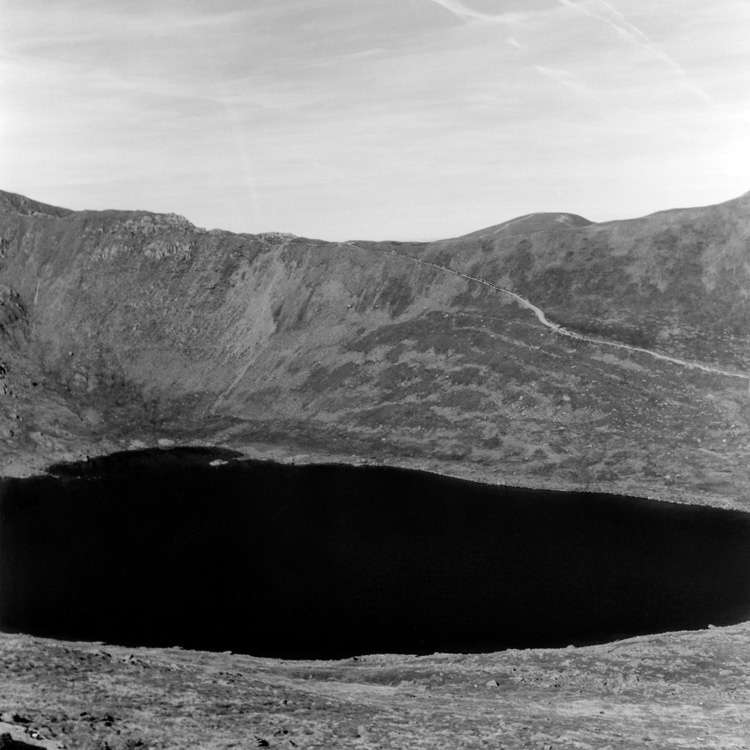 Please share your influences and/or favorite stuff within and outside of photography:
Please share your influences and/or favorite stuff within and outside of photography:
Within photography, there are too many influences to name them all, and a list of favourites would include many obvious choices: Paul Strand, Eugene Atget, Alexander Rodchenko, Josef Koudelka, Bruce Davidson, Robert Adams, John Gossage, and many others. Of more recent, and perhaps less well-known photographers, Gerry Johansson is one who, as well as making memorable single images, makes fantastic books. But I could list many others, some obscure, others well known. Outside photography, I am a music obsessive, with tastes ranging from John Coltrane to punk rock and everything in between, pretty much. I have made images for quite a few record and CD sleeves, and in 2012 was involved in a project with the Brazilian musician Gustavo Jobim: I took 4 photographs, for which Gustavo then wrote 4 pieces of piano music, and Gustavo sent me 4 pieces of music, for which I then took an accompanying image. That was a fun project, walking around Berlin (where I was living at the time) listening to Gustavo’s music and trying to find images which expressed what I felt about it. I would like to do something like that again in the future.
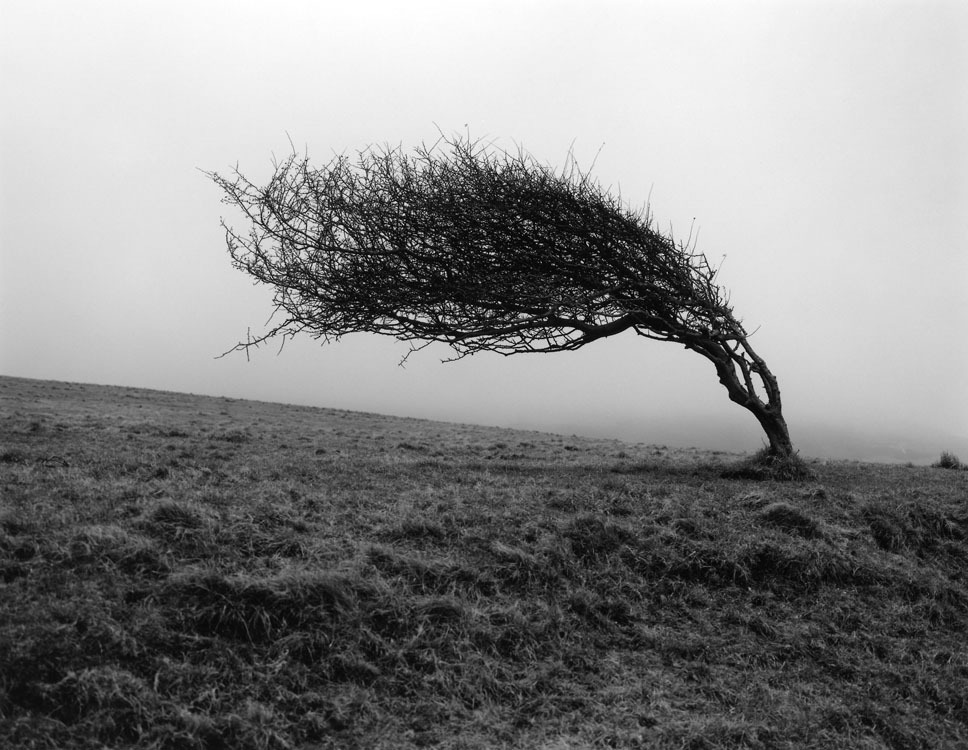 Something to say to our readers or aspiring photographers:
Something to say to our readers or aspiring photographers:
To aspiring photographers: keep going, and ignore everybody’s advice, including mine. All that matters is to keep doing it, using whatever methods seem the best to you. Over time, something will cohere out of what you do if you do it for long enough. And that something will be uniquely yours, even if nobody else in the world recognizes it, or even gets to see it.
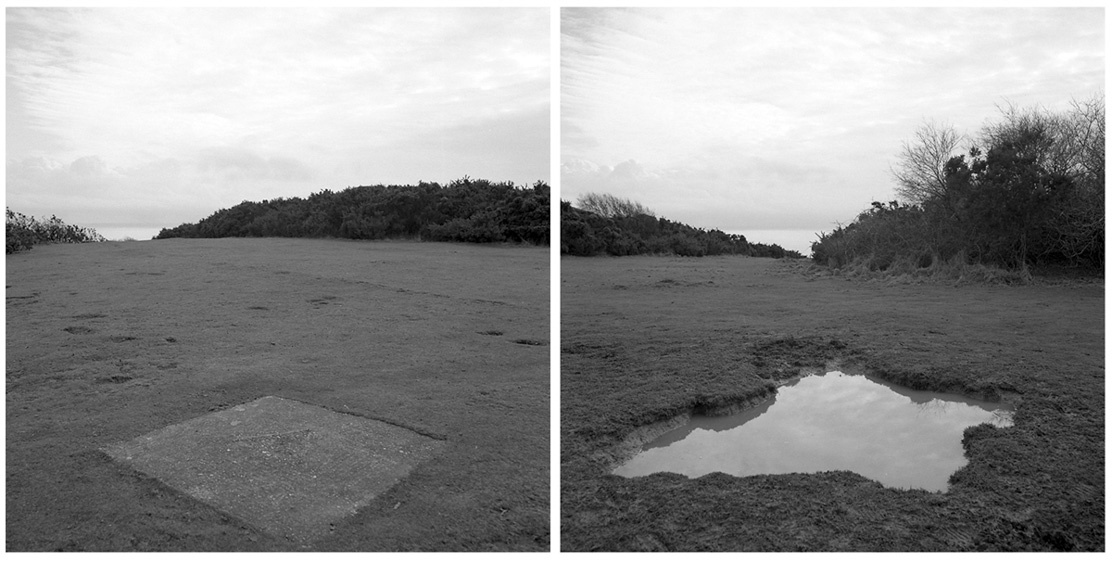
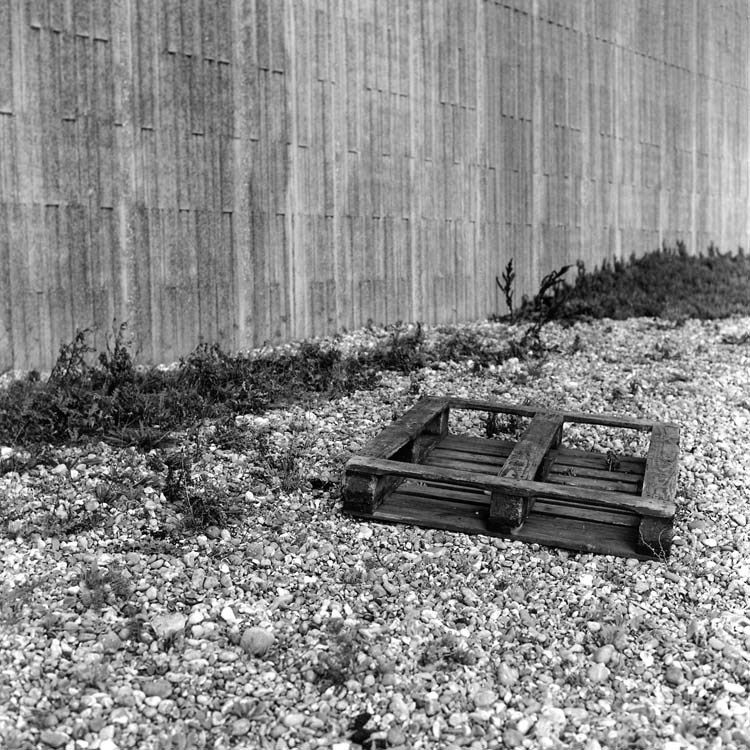
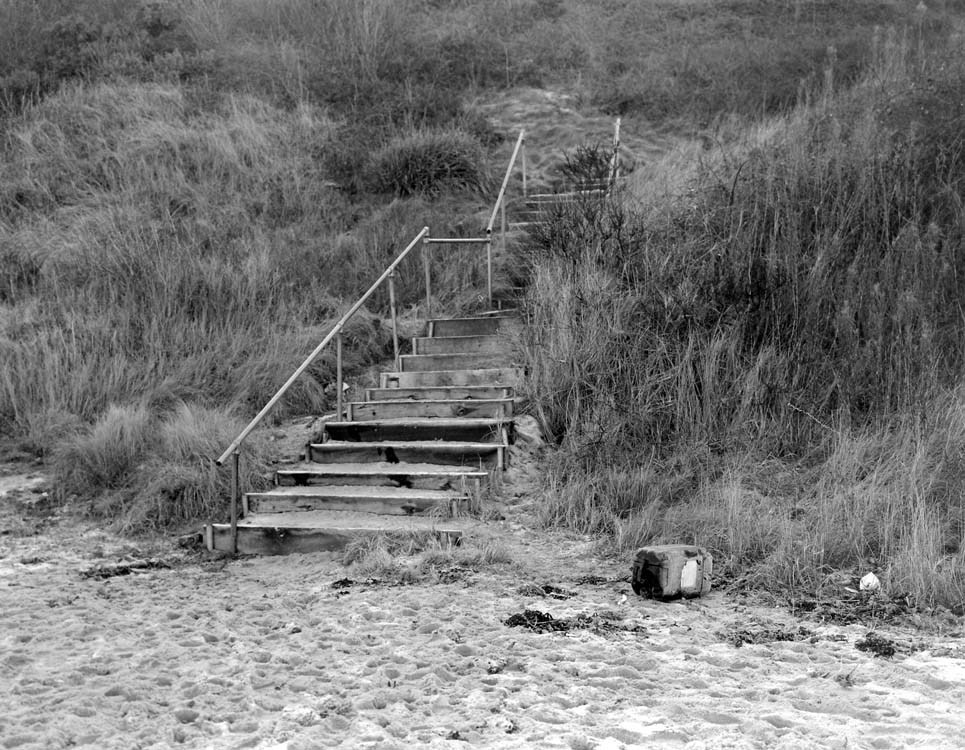
Lovely images
LikeLike